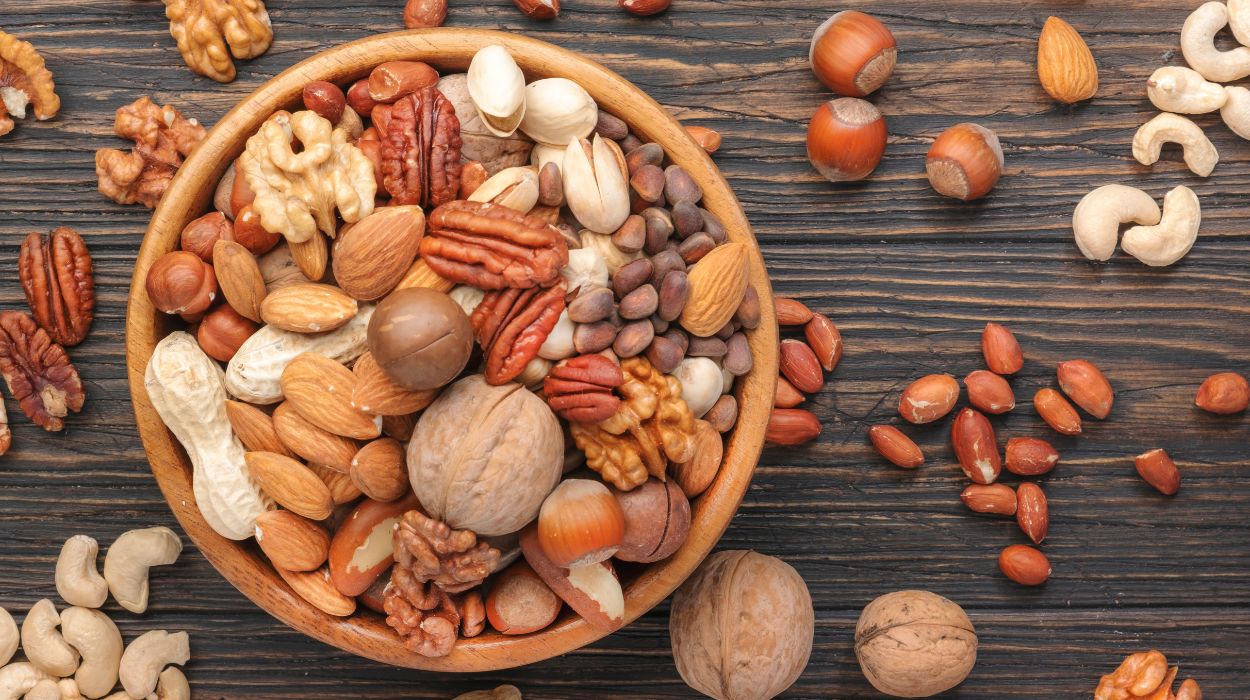FROM BOTTLE NIPPLES TO BAKED GOODS: IS SILICONE SAFE?
Silicone has emerged as the new essential material, and it’s easy to see why. It goes from oven to freezer without blinking, and offers non-stick, quick-cooling, easy-cleaning performance in any shape under the sun from baking molds and cookie sheets to bottle nipples and pacifiers.
Before you jump on the bandwagon, it’s good to ask a few questions. As in: what exactly is this stuff and how safe is it to use?
Silicone is made from silicon, the second most abundant element on earth and a chief component of sand. Combine silicon with oxygen, add ingredients like hydrogen, carbon, and methyl chloride, and you get silicones. The FDA says that silicone won’t react with other materials or release hazardous compounds when heated and is safe for food contact. Several studies, however, suggest that such pronouncements are premature.
The concern revolves around compounds found in silicone called siloxanes. Let’s dig a little deeper. There are siloxanes designated as D4, D5, and D6. Research finds that D4 and D5 are persistent in the environment, meaning they don’t break down or decompose and therefore can accumulate in the bodies of people or wildlife. Animal tests link D4 to reproductive impairment, liver changes, and benign uterine tumors, and show it may be an endocrine disruptor. D5 is associated with uterine cancers and adverse reproductive, neurological, and immune effects. D6 is persistent but doesn’t appear to accumulate in animal tissues. It’s linked to liver and thyroid enlargement, and reproductive issues.
They can also get into our bodies when we use silicone products. Studies have found that small amounts of siloxanes migrate into foods baked in silicone. The amounts involved were dependent on fat content—the more fat a food had, the more siloxanes were transferred. For the most part, these amounts were well within regulatory limits (60 milligrams per kilogram of food). However, tests on meatloaf found its siloxane contamination exceeded this standard. Another study observed that silicone molds remained stable at temperatures up to 300°, but lost siloxane above this temperature. Most baking is done above 300°. Some molds lost over 0.5% of their total weight after 4 hours of heating.
Good news for parents of young babies: The situation appears to be much different where nipples and pacifiers are concerned. A 2023 study examining potential siloxane migration into milk and infant formula from silicone nipples detected no contamination after six hours of direct contact with silicone.
Here are some silicone coping strategies:
- Until more is known about the effects of siloxane exposures in people, it may be a wise precautionary step to bake in something other than silicone.
- That said, when it comes to your cookie sheets, silicone cookware is likely safer than traditional non-stick varieties using perfluorochemical coatings. If it’s a choice between the two, use silicone. Glass, ceramic, and stainless steel bakeware are best.
- Given the negligible time they come into contact food, silicone items like spatulas, splatter guards, pot holders, etc. appear safe. Just don’t melt them!
- The evidence indicates that clear bottle nipples and pacifiers can likely be used without worry. (Siloxane migration concerns appear to be linked to a combination of heat exposure and food fat content). To be safe, keep yours out of the dishwasher and discard any that are excessively cloudy or worn. Nipples should replaced every 6 to 8 weeks regardless of appearance.
- Always test all silicone before buying by pinching and twisting a flat surface on the product. Pure silicon won’t change color. If the product contains fillers, a potential source of contamination, white will show through.
+ Sources
Health Canal avoids using tertiary references. We have strict sourcing guidelines and rely on peer-reviewed studies, academic researches from medical associations and institutions. To ensure the accuracy of articles in Health Canal, you can read more about the editorial process here


